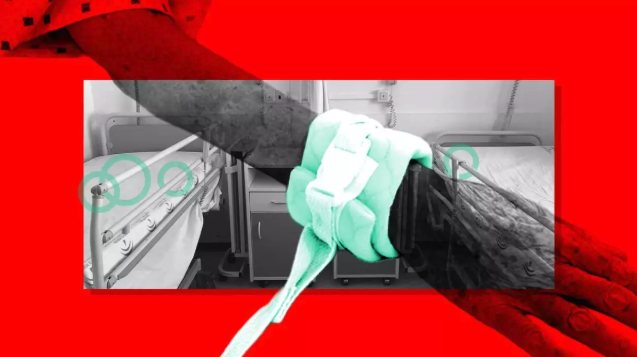In many European care homes, belts, straps, bed rails and other physical restraints are still used to control elderly residents — a little-known and deeply troubling reality.
Healthcare professionals justify the practice as a way to prevent falls, wandering or aggressive behaviour. National laws and guidelines, however, are clear: physical restraints should be a last resort, used only for short periods, with informed consent and under medical supervision.
In practice, that’s rarely the case.
Over five months, a team of journalists investigated the use of restraints in Italy, Spain and Portugal — three of Europe’s fastest-ageing societies. They filed freedom of information requests, reviewed court records and scientific studies, and interviewed nurses, researchers and the relatives of restrained patients.
Their findings reveal an alarming lack of transparency. In many cases, official data collection is patchy or non-existent. Where figures do exist, restraints appear to be used routinely rather than exceptionally. And despite their prevalence, there is scant scientific evidence that they improve patient outcomes. On the contrary, the use of restraints can cause serious psychological and physical harm — and has, in some cases, led to death.
The investigation also examined the underlying drivers of the practice. While national differences exist, common patterns emerged: underfunded facilities, chronic staff shortages, inadequate training in alternative care methods, and a pervasive belief that restraints are a form of protection rather than harm.
See the publications below.
